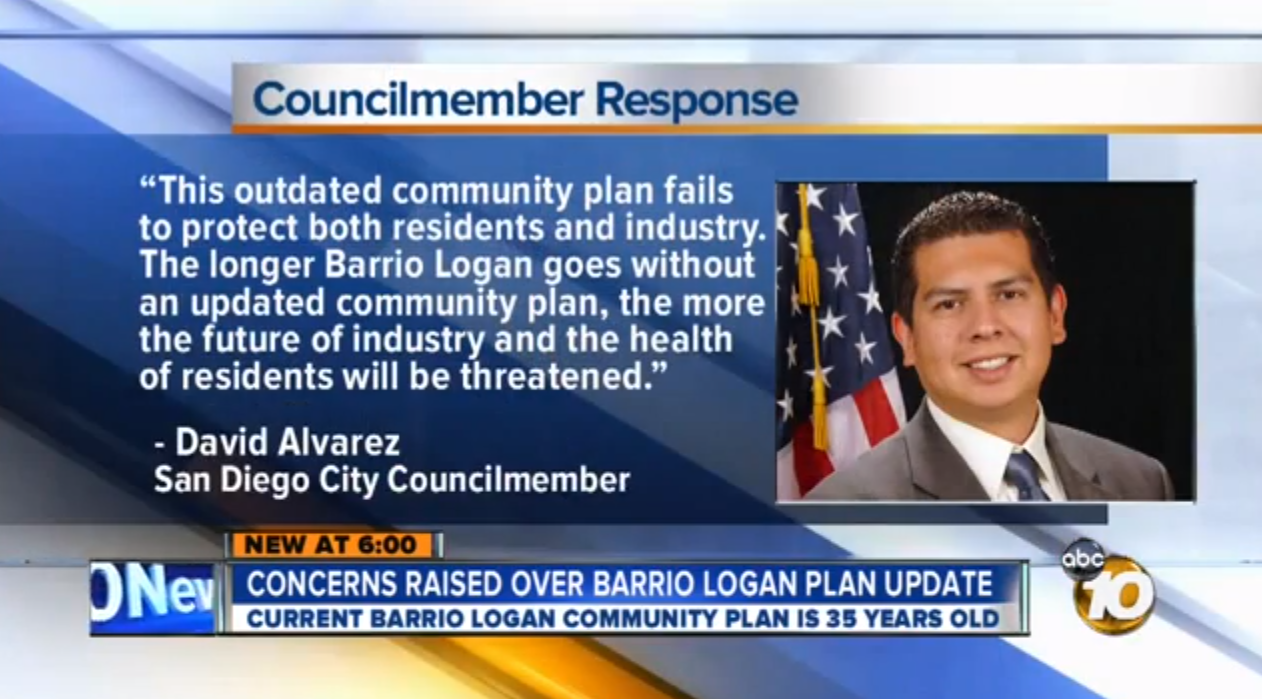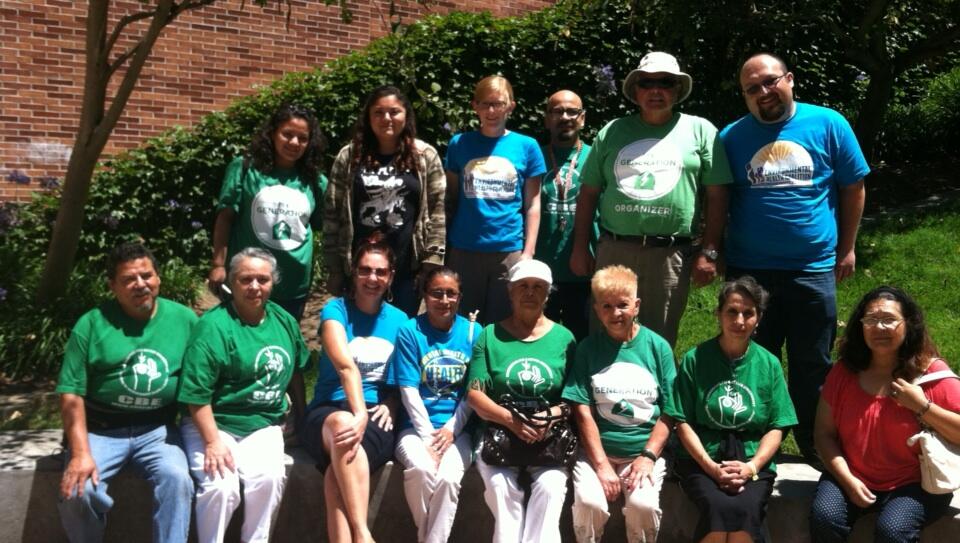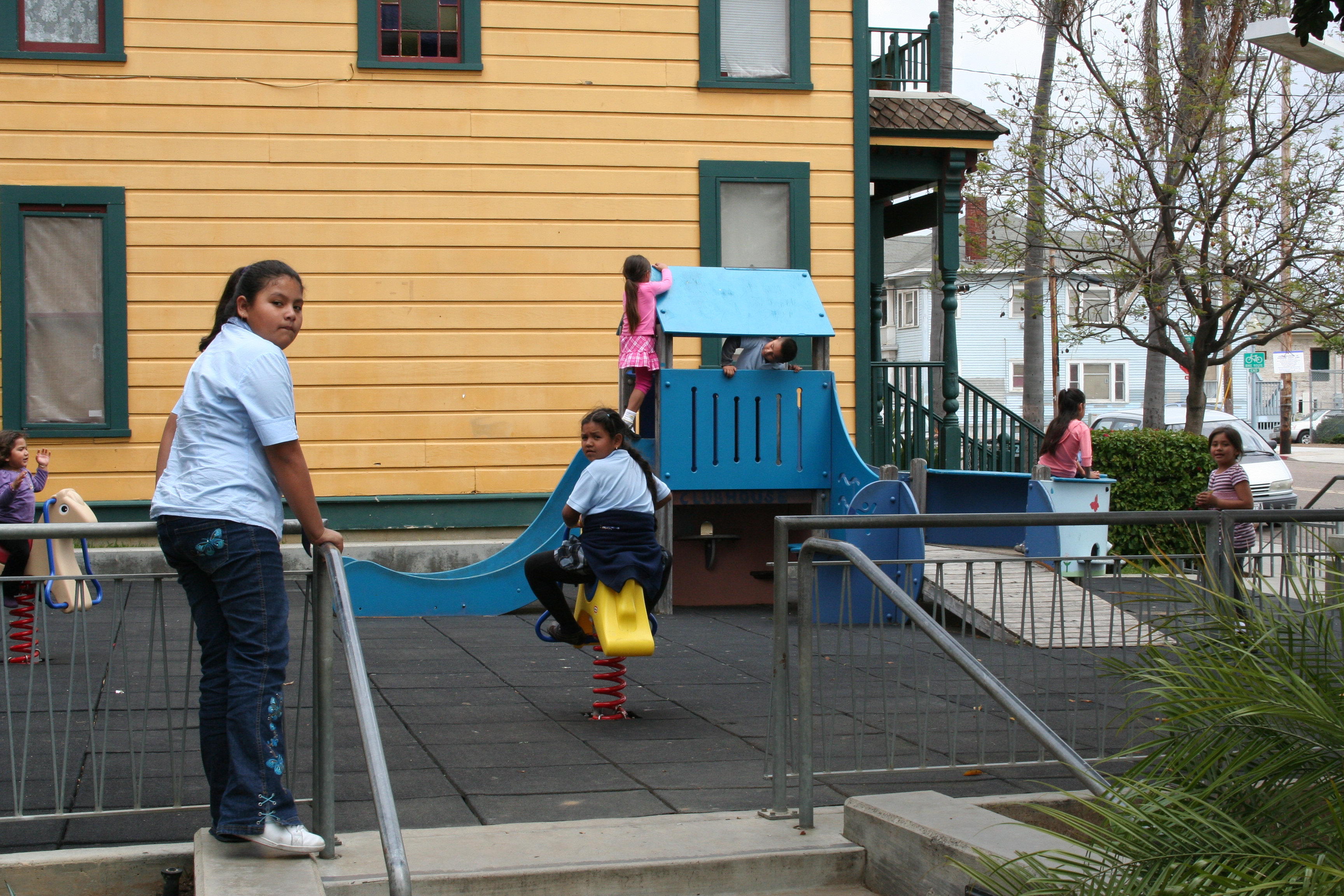You have probably heard of Alternative 1, but what exactly is it? What does it mean for Barrio Logan, and why should the rest of San Diego care?
The community of Barrio Logan has one of the oldest existing community plans, last updated in 1979. This outdated plan has led to the development of a toxic environment; unhealthy and unsafe for the community. Neighborhood safety, health and quality of life are compromised by the massive polluting industries operating next door to houses, parks and schools. Barrio Logan has high rates of asthma hospitalization; a level three times the County's average. The intermingling of industries and neighborhoods is clearly not the safiest nor healthiest for children and families, and this is exactly why Alternative 1 was born.

Alternative 1 is the community proposed alternative to the Barrio Logan Community Plan Update to address the environmental injustice placed in our neighborhood. While toxic industries impact the community wellbeing, this plan does not propose to kick them out but to designate a heavy industrial zone away from homes and schools.
Alternative 1 also recommends:
- Clear separation of industrial and residential zones
- Small scale development from residential to commercial
- Sustainable development
- Development of maritime supporting business
- An exclusive, heavy industrial area
- A parking structure that will serve the workers at the working waterfront
- Most importantly: A safe place to live, work and play
For five-years, the City of San Diego has facilitated a community-involved process to update to the Barrio Logan community plan, which the City Council will hear on September 17th. From that process came Alternative 1, and the future of Barrio Logan will be determined by a vote.
But we, the community, can make our voice heard before City Council votes. We strongly urge supporters to sign our letter in support of Alternative 1. This plan was supported by the majority of the stakeholders of the community plan update, as well as a unanimous support by the Planning Commission.

Why should the rest of San Diego care?
Because these are mothers, fathers, daughters, sons, aunts, uncles and best friends just asking to live in a toxic-free neighborhood - something most communities never have to experience or fight for. Think about how much you love your clean air, nice parks and safe streets. What would you want for your mothers, fathers, daughters, sons and best friends?
You can watch Georgette Gomez, associate director of toxic-free neighborhoods, speak more about Alternative 1 here.



 On Monday, July 15, EHC's
On Monday, July 15, EHC's 
 As the days get warmer, your kids and your inner child will head outside to enjoy the outdoors! Do you know if your play area is safe for your family?
As the days get warmer, your kids and your inner child will head outside to enjoy the outdoors! Do you know if your play area is safe for your family?